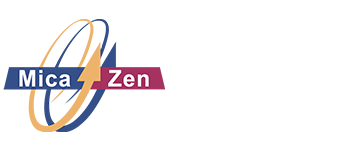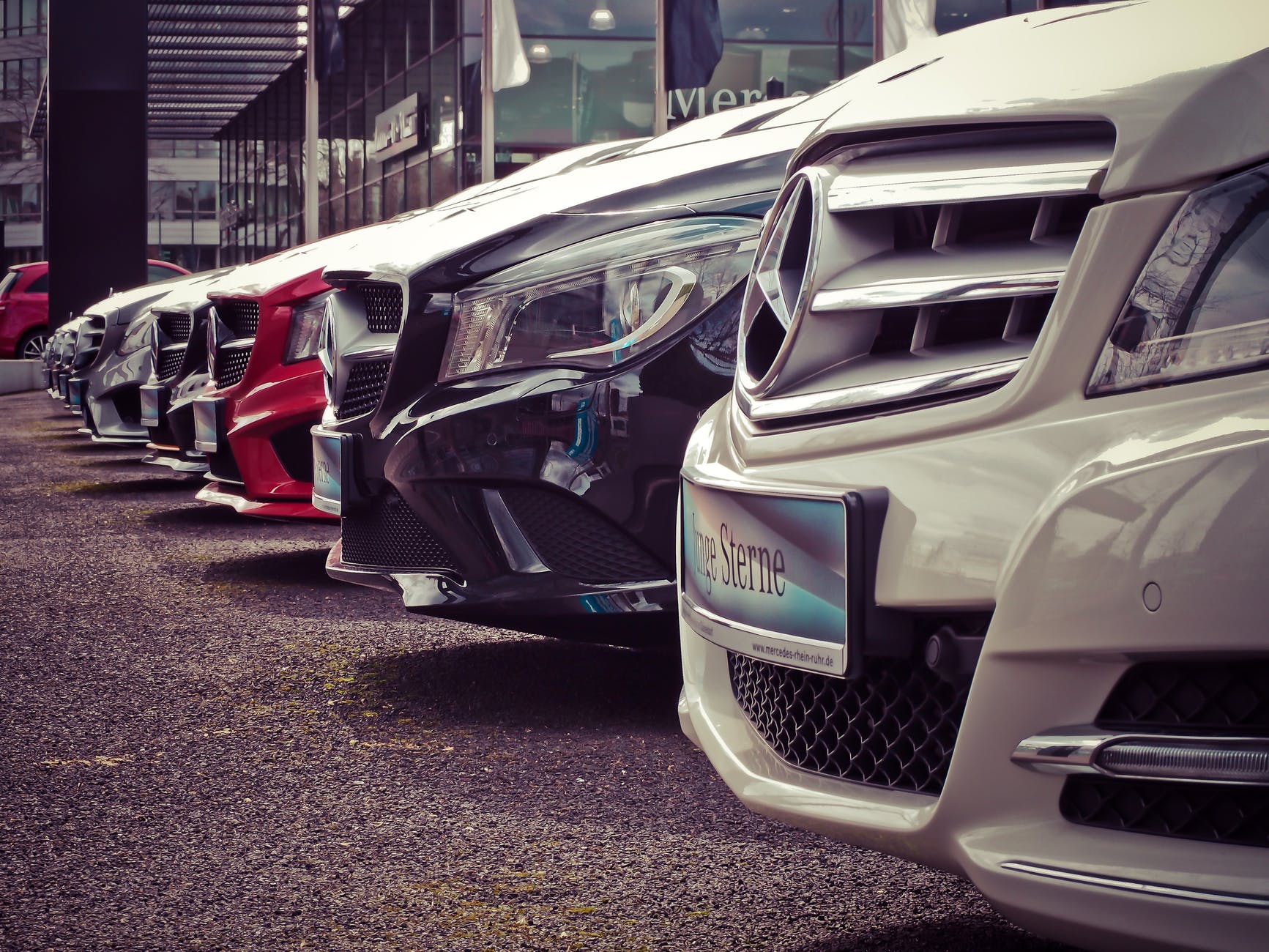
PENDING REPAIRS
Vehicles in this department are NOT on the lot. They are scheduled for repairs or need to be scheduled for repairs.

VEHICLE HERE
These vehicles have been physically dropped off at the production facility. the vehicle has either been driven in by the customer or, if the vehicle is not driveable, it has been towed in.
The vehicles in this department should be secure and waiting for the repair planning process to start.
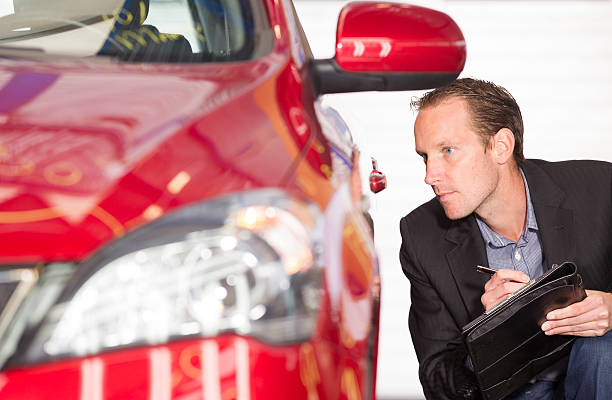
REPAIR PLANNING / DISCOVERY
Vehicles in this department are either waiting to be disassembled or the discovery process has been started. This is one of the most important steps in the repair process. When completed correctly it can improve cycle time and profitability.
The goal is to strategically disassemble the vehicle past the damage area and identify 100% of all repairs and parts needed to complete the repairs to the vehicle without any additional supplements past this stage. The original estimate should be revised in the appropriate estimating system and all pictures and any other supporting documentation should be completed.
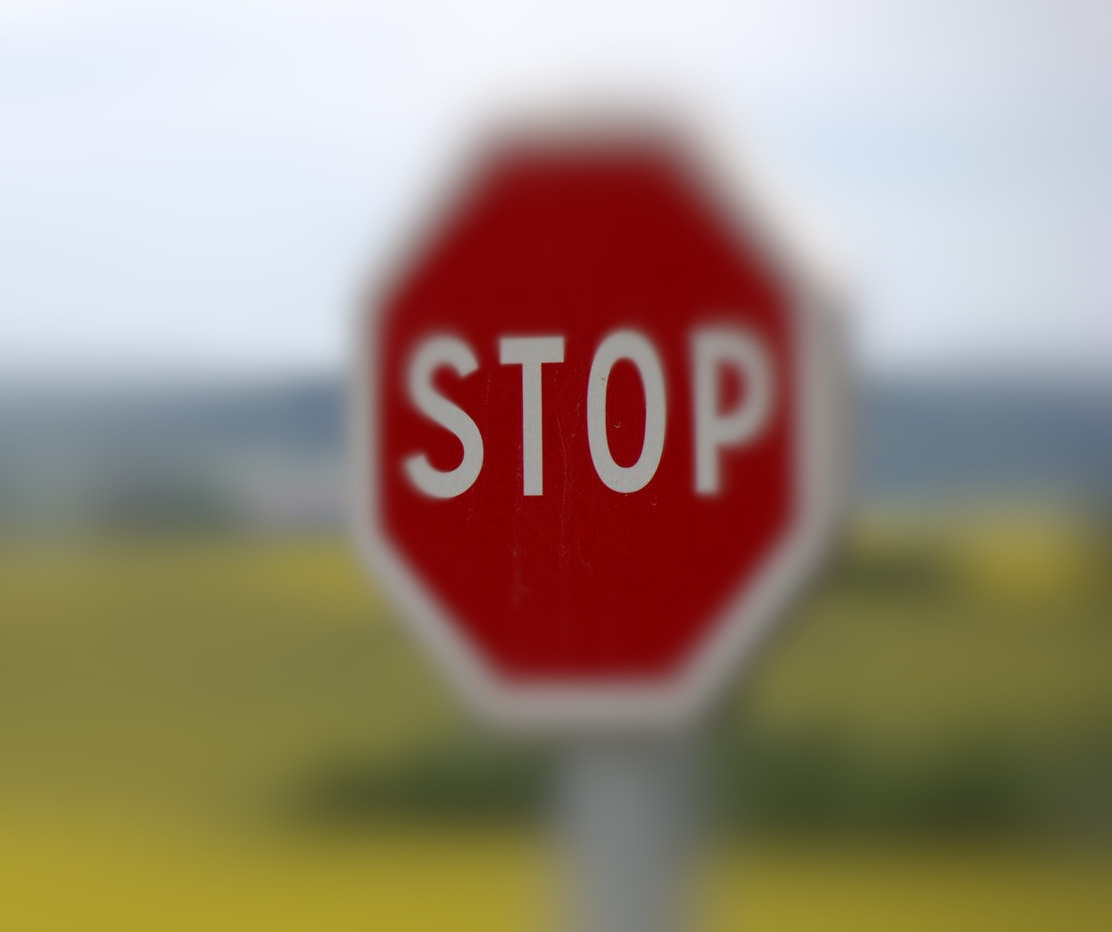
HOLD AUTHORIZATION
Vehicles in this department are on hold for Customer Authorization, Insurance Authorization or both.
If supplements have been discovered during the repair planning process; additional authorization may be required.

HOLD PARTS
If a supplement has been discovered during the repair plan process; additional parts may be required. All authorization has been received for repairs. Vehicles are on the lot and waiting for parts to arrive.
Note: It has been proven that if all parts are available for the vehicle prior to starting repairs; the cycle time on the repair will be dramatically reduced.
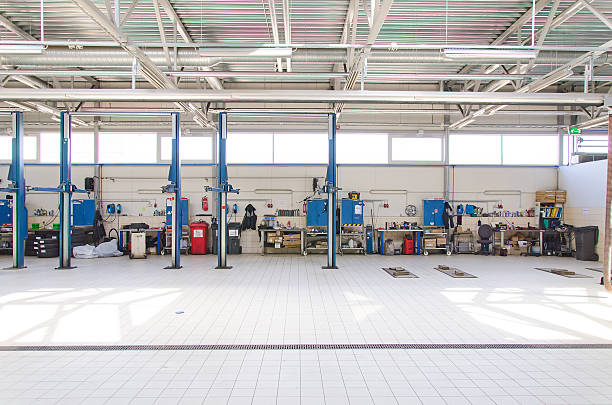
DISPATCH / READY FOR PRODUCTION
At this point in the process; all authorization has been received and all parts are here for the vehicle.
These are vehicles waiting to start the actual repair process.
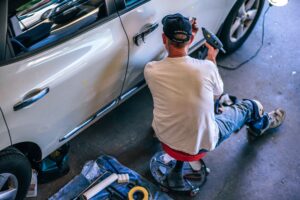
BODY REPAIR
Body repair includes sheet metal repair, plastic repair, polyester surface treatment, trim repair, and glass repair. Both the Structural / Frame repairs (if necessary) and major body repairs will be completed during this stage.
Note: In order to reduce cycle time and help with giving a more accurate target completion date early on in the repair process; most shops also try to get as many sublets completed during this stage as possible.

LIGHT FILLER
Once the majority of the body repairs have been completed and the vehicle is now has minor repairs left such as filler and light sheet metal; the vehicle moves to this department.
At this point in the process; there should be no more “hidden surprises” and the target completion date should be accurate.
Note: smaller repairs such as “same day repairs” may skip the body repair department and move directly to this department from “Dispatch / Ready for Production”.
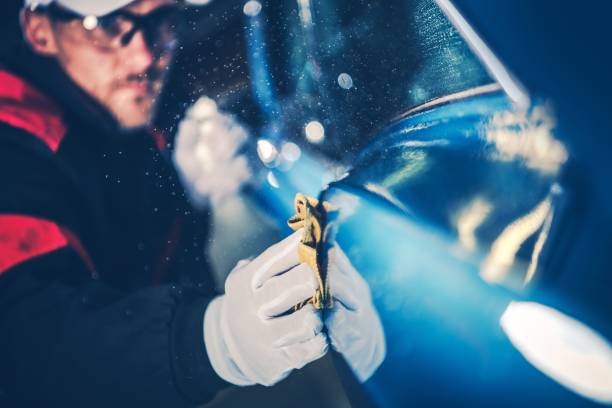
PREP
All repaired areas will be prepped and chemically washed down to remove all surface contaminates. The repaired areas are sanded and primed to create a proper surface adhesion for the paint. The vehicle is then masked and prepared for painting. Colors should be mixed on an electronic scale based on the factory color code. If the color has any variants (which most do) then the paint should be sprayed out on a test card and compared with the actual vehicle to ensure color accuracy.

PAINT
A vehicle in this stage is getting waiting to be painted, is being painted or is in the cool down stage of the process. Prior to moving from this department the vehicle should be unmasked, the color quality checked and any buffing (if necessary) should be completed.
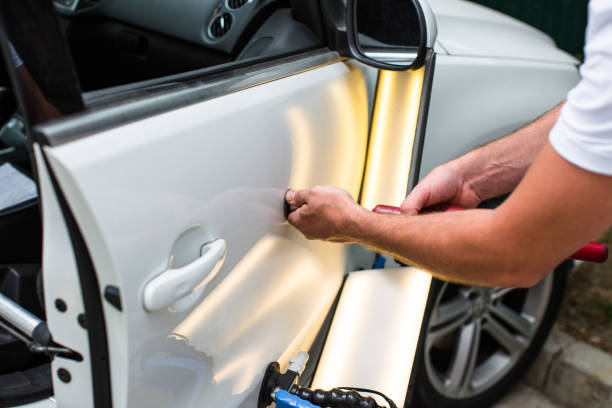
ASSEMBLY
A vehicle in this stage is being reassembled. All of the undamaged parts that were previously removed as well as any replacement parts will be re-installed onto the vehicle. All installed components will be checked for functionality. Fluids are checked and topped up as needed. If any final sublets are required; they should be completed at this time. Prior to leaving this department the vehicle should be back to pre-accident condition.
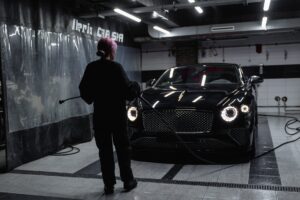
DETAIL / QUALITY CONTROL
After collision repairs it is important to perform a complete clean up of the vehicle in order to remove any dust that may have resulted from the repair process. The vehicle’s interior should be thoroughly cleaned (don’t forget to turn on the fan inside the vehicle during the interior cleaning process). The vehicle’s exterior is power washed and cleaned. It is also recommended that a polish is applied to enhance the shine of the paint.
A final quality check will also be performed at this point to ensure that all accident related components of the car are in proper working order and any customer concerns that were discussed during the arrival process have been addressed.
Note: Quality checks should also be completed throughout the entire repair process
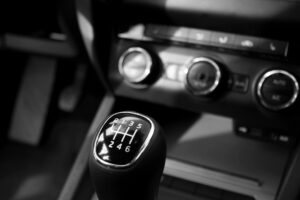
READY
A vehicle in this stage is ready to be picked up.
All repairs have been completed and the vehicle has been inspected. The supplements (if any) should be completed. Deductibles or other repair costs should be verified and a final invoice, warranty documents etc. should be prepared prior to contacting the customer for pick up.

DELIVERED
The vehicle has been picked up or returned to the customer. Final Job Cost and administrative quality control verification can be completed on the file. Any final billing to the insurance or fleet company if necessary is completed prior to closing.
Note: When the file is “closed” it moves from this production rack to the accounting department.
